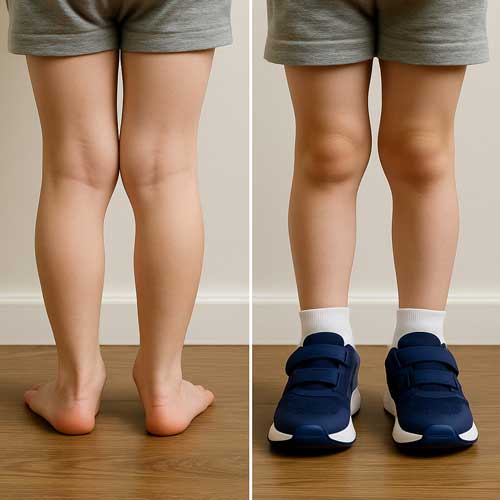Supportive Shoes for Kids – Substantial Outsoles, Firm Heel Counters, and Straight Lasts!

Is your child dealing with a foot condition and in need of supportive shoes as recommended by a medical professional? Finding well-made, supportive shoes that also accommodate your child’s unique foot shape can be frustrating—but you’re not alone. As a shoe fitter with over 10 years of experience, I’ve helped hundreds of families find the best supportive shoes for kids with flat feet, weak ankles, and general foot or leg pain. In this guide, I’ll share top-rated supportive shoe options and expert tips to ensure your child gets the comfort, stability, and proper fit they need.
Do You Need to Invest in Orthopedic Shoes?
Orthopedic shoes can be incredibly helpful for treating specific foot conditions, but their high cost—often over $100—can be a burden for many families, especially when kids outgrow them so quickly. The good news is that there are more affordable alternatives that still offer the support and structure your child needs.
While I’m not a medical professional, I’ve spent over a decade helping hundreds of children with foot conditions like flat feet, weak ankles, low muscle tone, knock knees, and toe walking. Through hands-on experience and careful observation, I’ve learned which shoes provide the right support—and when an orthotic might be necessary. Over the years, I’ve become very familiar with the most effective and supportive footwear options to help improve kids’ foot posture, balance, and comfort.
What Qualifies as a Good Supportive Shoe?
A good supportive shoe should be lightweight yet sturdy, flexible yet stable. It’s a delicate balance that ensures the shoe supports natural foot movement while offering enough structure to improve foot posture and gait.
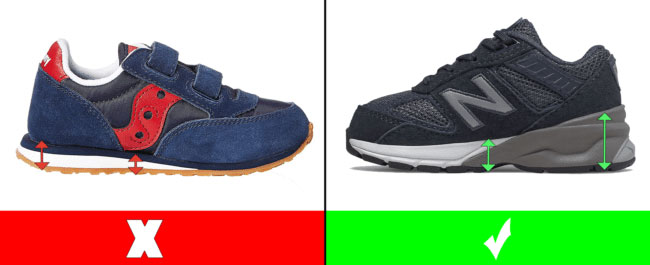


Can Supportive Shoes Make Your Child’s Feet Weaker?
There’s a common myth that supportive shoes make kids’ muscles “lazy” or weaker—but that’s simply not true. Supportive shoes don’t replace muscle function; they provide the structural foundation growing feet need to move properly and stay aligned. By offering the right support, these shoes actually encourage healthy muscle development, allowing your child’s feet and legs to grow stronger naturally.
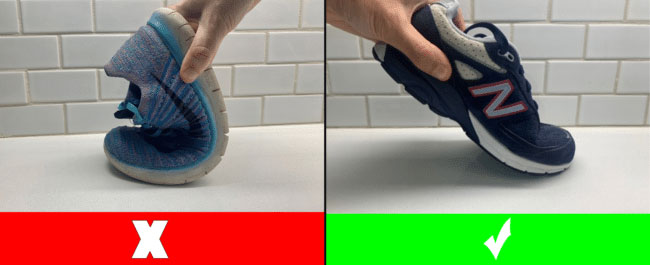
All the shoes I recommend strike the perfect balance between support and comfort. Heavy or overly stiff shoes can tire your child’s legs quickly, while properly designed shoes should bend at the ball of the foot and nowhere else, promoting healthy, fatigue-free steps.
Shoes with Shoelaces or Velcro Closure?
Did you know that shoes with traditional shoelaces offer significantly better support and stability than those with Velcro closures? Laces create a more secure, customized fit by gently “hugging” your child’s feet, which helps keep them properly aligned throughout the day. While toggle or lock laces may be convenient, they don’t provide the same level of structure—so if support is your priority, stick with classic laces.
Based on my experience, below are my top shoe recommendations that meet the criteria for supportive shoes for kids. Disclosure: Some links may be affiliate links, meaning we earn a small commission at no extra cost to you.
What Are the Most Supportive Shoes for Kids?
The shoes below are designed to fit a variety of foot shapes—just be sure to choose the right width (medium, wide, or extra wide) for your child’s best fit and comfort.
1. Shoe Style 990v6 by New Balance
These are the most supportive shoes for kids. The robust outsoles help distribute weight evenly across the foot and reduce strain on the muscles and joints. The downside that many parents complain about is the high price tag.
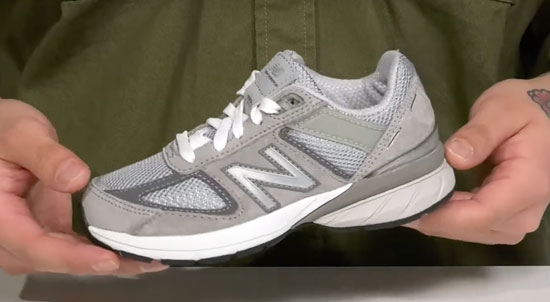
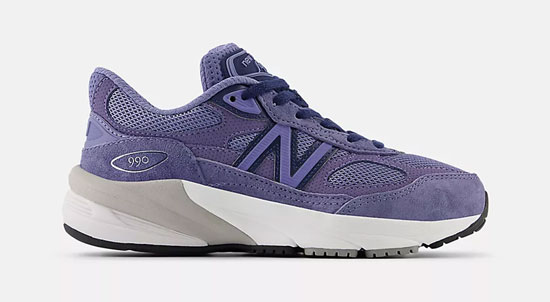

Key Features
- Available for toddlers, little, and big kids
- You can order the 990v6 with laces on the New Balance website, Amazon, or Zappos
- Available in medium, wide, and extra wide widths
- Also available in pink, black, and navy blue
- There is also a Velcro version of these shoes available in navy blue and pink
- I suggest that you get this shoe a half size larger than your child’s current foot size
2. Shoe Style Gabi by Memo (Orthopedic Shoe)
These orthopedic supportive shoes for kids are specifically designed to improve foot posture and comfort. The higher price point is a common complaint parents have but the investment in orthopedic shoes is often justified by their specialized design and effectiveness in addressing foot conditions.


Key Features
- Available for toddlers and little kids
- You can order the shoe style Gabi by Memo on Amazon
- Fits medium and wide feet
- Also available in a Mary Jane style and a version for older kids called Memo Polo
- I suggest that you get this shoe a half size larger than your child’s current foot size
3. Shoe Style Elliott by Stride Rite
These supportive high-top booties by Stride Rite offer excellent support and a comfortable fit, making them a top choice for kids with foot conditions.
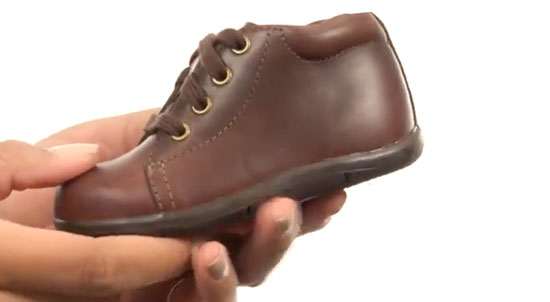
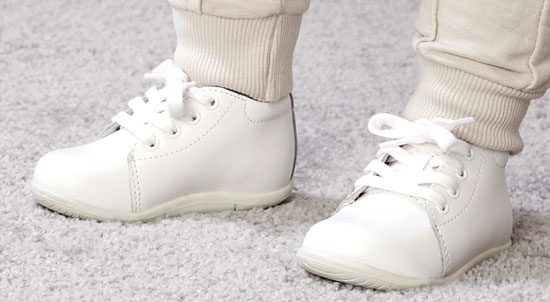
Key Features
- Available for toddlers
- You can order the shoe style SRT Elliot by Stride Rite on Amazon or Zappos
- Available in medium, wide, and extra wide widths
- I suggest that you get this shoe a whole size larger than your child’s current foot size
4. Shoe style 574 by New Balance
These New Balance supportive shoes combine style with functionality. They offer solid support and cushioning, making them suitable for kids with foot conditions. The shoes are offered at a lower price point.
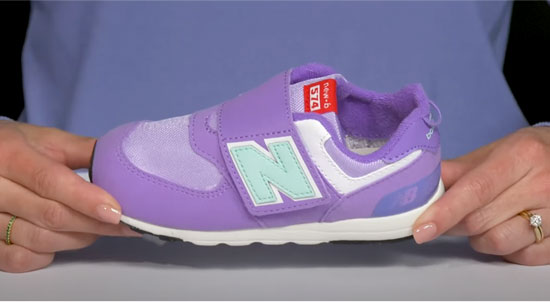
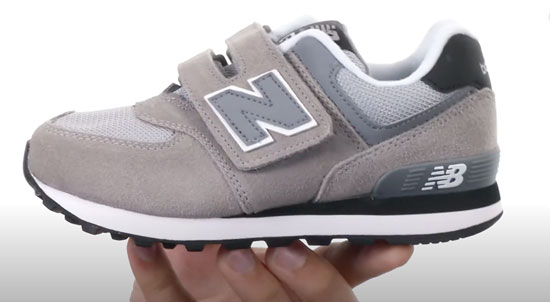
Key Features
- Available for toddlers, little, and big kids
- Order the shoe style 574 New-b V1 by New Balance on Amazon or the New Balance website
- Available in medium, wide, and extra wide widths
- Also available with laces on the New Balance website, Amazon, and Zappos
- I suggest that you get this shoe a half size larger than your toddler’s current foot size
5. Shoe Style Tracks by Timberland
The sturdy design ensures that children can enjoy outdoor activities without compromising on foot stability or comfort, but this style is slightly heavier than my other shoe recommendations.
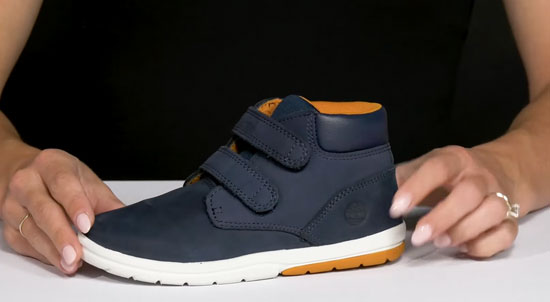

Key Features
- Available for toddlers and little kids
- Order the shoe style Tracks by Timberland on Zappos or Amazon
- Fits medium and wide feet
- Water-friendly
- I suggest that you get this shoe a whole size larger than your child’s current foot size
6. Shoe Style Cohesion by Saucony
These supportive Saucony shoes are ideal for kids with foot problems, as they offer excellent cushioning and stability. The affordable pricing also makes them accessible to a wide range of families.
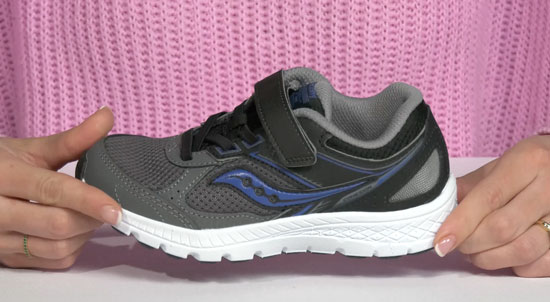
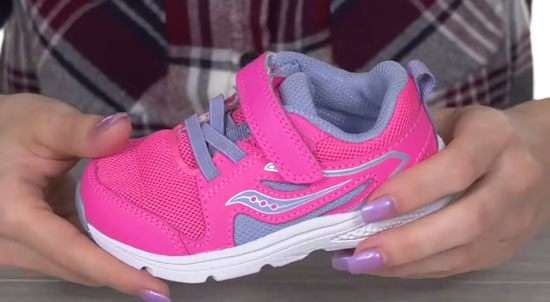
Key Features
- Available for little and big kids
- Order the shoe style Cohesion KDZ on Zappos or Amazon
- Available in medium and wide widths
- Also available with laces on Zappos and Amazon
- I suggest that you get this shoe a whole size larger than your child’s current foot size
7. Shoe Style Fresh Foam Arishi v4 by New Balance
These New Balance ankle support shoes provide a soft and comfortable fit while supporting your child’s foot conditions. Families appreciate how these shoes are offered at a very reasonable price.
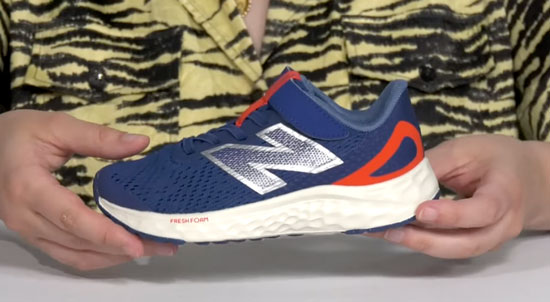
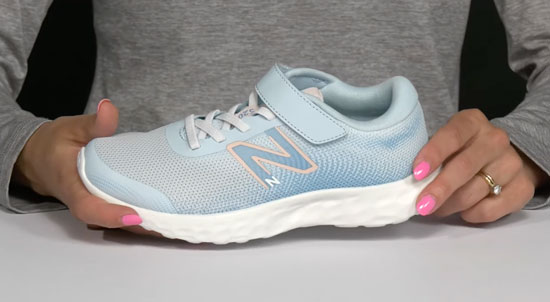
Key Features
- Available for toddlers, little, and big kids
- Order the shoe style Fresh Foam 650 by New Balance on the New Balance website or Amazon
- Available in medium, wide, and extra wide widths
- Also available with laces on Zappos and Amazon
- I suggest that you get this shoe a whole size larger than your child’s current foot size
8. Shoe Style 2002 by New Balance
These New Balance supportive shoes are another great option at a more affordable price point than the 990v6.


Key Features
- Available for toddlers, little, and big kids
- Order the shoe style 2002 by New Balance on the New Balance website
- Available in medium and wide widths
- I suggest that you get this shoe a whole size larger than your child’s current foot size
9. Shoe Style Cross Em Up by Adidas
The Cross Em Up by Adidas is a supportive basketball-inspired shoe that offers great support for kids. The versatility of the shoe makes it suitable for both sports and everyday wear, adding value for parents looking for multi-functional footwear.
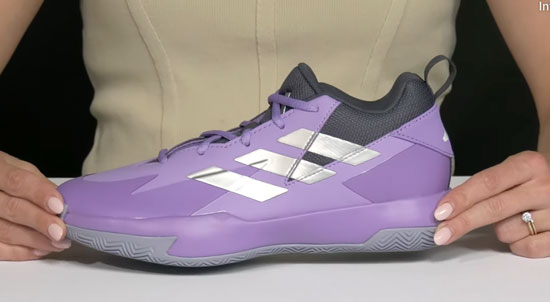
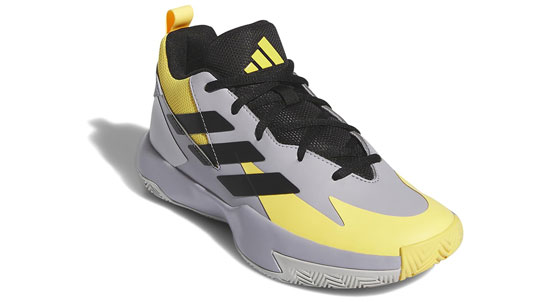
Key Features
- Available for little and big kids
- Order the shoe style Cross Em Up Select by Adidas on Zappos or Amazon
- Available in medium and wide widths
- I suggest that you get this shoe a whole size larger than your child’s current foot size
10. Shoe Style GT-1000 by Asics
The GT-1000 by Asics is a popular choice for kids who require extra stability and support. This specific shoe is capable of fitting children with narrow feet.

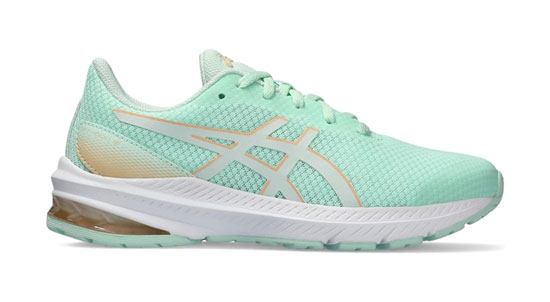
Key Features
- Order the shoe style GT-1000 by Asics on Zappos or Amazon
- Available for little and big kids
- Fits narrow or medium feet
- I suggest that you get this shoe a whole size larger than your child’s current foot size
Always ensure your child’s shoes are securely tied to get the full benefits of support and stability—especially if they wear orthotics. Properly laced shoes help keep the orthotics in place and enhance overall comfort.
Get in Touch for a Supportive Shoe Suggestion
Without a doubt, children’s shoe needs can vary depending on their age, activity level, and any specific foot conditions they may have. If you have any questions or need any further assistance, you can also contact me via email and I will get back to you as soon as possible. I am happy to help you find supportive shoes tailored to your child’s unique foot shape and condition.
The Importance of Ordering the Correct Shoe Size
Even the most supportive shoes won’t make a difference if they don’t fit properly. If your child’s shoes are too long, too short, too narrow, or too wide, they won’t provide the stability or comfort your child needs. That’s why I created a virtual shoe fitting service you can use right from home. This simple, step-by-step guide helps you accurately measure your child’s foot length, width, and instep height—so you can find the perfect fit every time.
Selecting the right supportive shoes for your child can make a world of difference in their foot health and overall well-being. By focusing on key features such as a stable base, firm heel counters, and straight lasts, you can ensure that your child’s feet develop healthily and comfortably.

